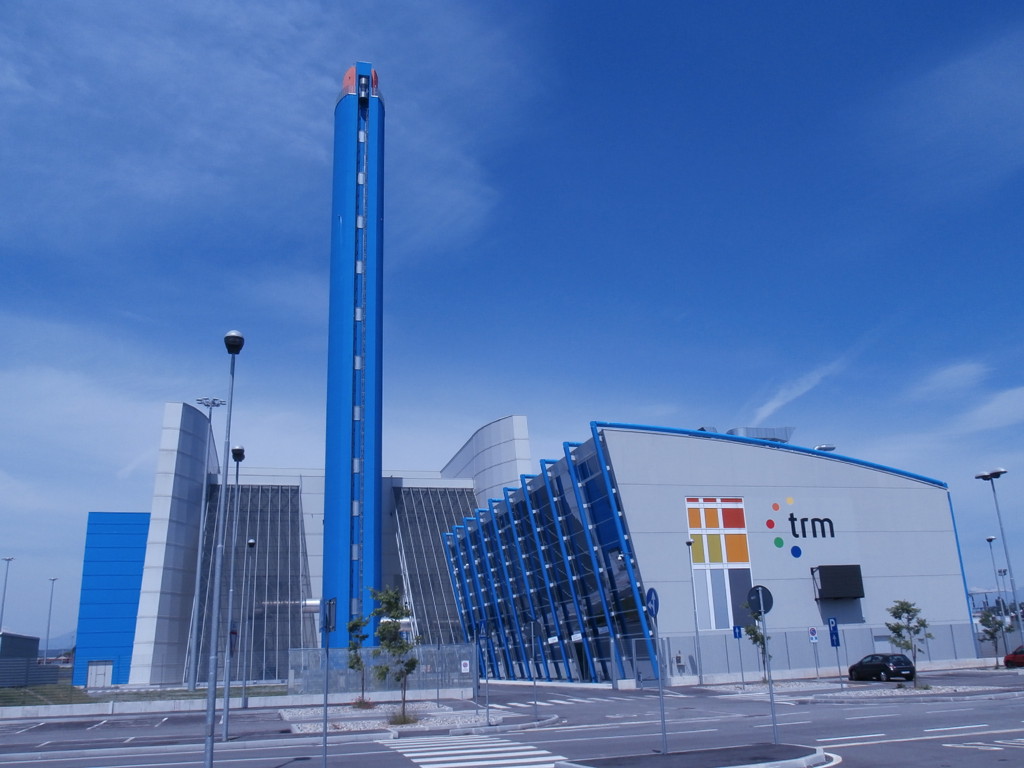The project
The project

The project
In 2010, construction was begun in the Gerbido district of Turin on one of Europe’s largest waste-to-energy (WtE) combustion plants. The Environmental Impact Assessment prescribes a plan for health surveillance and monitoring of changes in health of the resident population.
The health effects of human activity are far from marginal; they are a cause of concern, sometimes alarm, which is why they need to be surveilled and monitored.
A team of experts from public agencies was called together to form a working group: ARPA Piemonte, Epidemiological Service, Local Health Units ASL TO1 and TO3 and the Italian National Institute of Health.
The objective of the SPoTT program (SpoTT is the Italian acronym for Health Surveillance of the residents living around Turin’s waste-to-energy plant) was to create a surveillance system for evaluating adverse health effects caused by environmental pollution in the area of interest around the plant (https://pubmed.ncbi.nlm.nih.gov/27714597/).
Il programma SPoTT (Sorveglianza sulla salute della Popolazione nei pressi del Termovalorizzatore di Torino), prende così corpo con l’obiettivo di creare un sistema di sorveglianza che consenta di valutare gli effetti avversi sulla salute dell’inquinamento ambientale nelle aree circostanti il termovalorizzatore di Torino.
L’esistenza di margini di incertezza riguardanti gli effetti sanitari delle attività umane genera in tutti noi cittadini preoccupazione, a volte allarme, e comunque ci induce a chiedere maggiori conoscenze e maggiore controllo.
The initial program on the surveillance of the residents living in the area of interest of the plant started in 2013 following the construction of the WtE incineration plant in Gerbido, Turin, one of Europe’s largest facilities for the combustion of municipal solid waste. The second phase of the SPoTT program, was launched in January 2020.
The SPoTT2 program is being carried out in ten lines of activity between 2020 and 2023 for a total cost of €1,6 million.
What makes the SPoTT2 different from the SpoTT program is the further study of:
- Air pollution dispersion modeling of real data measured at the stack rather than theoretical concentrations calculated according to the Integrated Environmental Authorization
- A line of activity devoted to foodstuffs with analysis of dioxin concentration in eggs
- A line of activity for the measurement of mercury deposition on the soil following emission anomalies recorded in past years
Biomonitoring of the health of residents living in the area of interest of the plant will be continued, as will surveillance of plants workers, and special attention to timely, regular communication to the public. All materials have been created according to scientific and epidemiological methods. All actions by the working groups are based on current scientific evidence and after consultation with a group of experts (the Technical-scientific Committee). The working group works independently, free of conflict of interest, and is available for discussion with anyone seeking further information.
A summary of activity of the SPoTT2 2020-2023 program and the final report of the SpoTT program 2013-2019 can be accessed by clicking on the link.